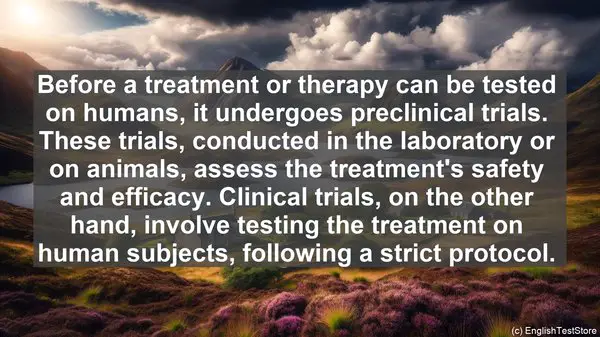Introduction
Welcome to today’s lesson on regenerative medicine. As you delve into this fascinating field, you’ll come across numerous terms that might seem similar but have distinct meanings. In this lesson, we’ll shed light on the top 10 commonly confused words in regenerative medicine.
1. Regeneration vs. Repair
While both regeneration and repair involve the restoration of tissue, they differ in their mechanisms. Regeneration refers to the regrowth of lost or damaged tissue to its original form and function. Repair, on the other hand, involves the formation of scar tissue, which may not fully restore the original structure or function.
2. Stem Cells vs. Progenitor Cells
Stem cells and progenitor cells are often used interchangeably, but they have distinct properties. Stem cells have the ability to self-renew and differentiate into various cell types. Progenitor cells, on the other hand, are more specialized and have a limited differentiation potential.
3. Differentiation vs. Dedifferentiation
Differentiation is the process by which a less specialized cell becomes more specialized. Dedifferentiation, on the other hand, involves the reversal of differentiation, where a specialized cell reverts to a less specialized state. Both processes play crucial roles in regenerative medicine.
4. Scaffold vs. Matrix
Scaffolds and matrices provide a structural framework for tissue regeneration. While both terms are often used synonymously, there’s a subtle difference. A scaffold is a three-dimensional structure that supports cell attachment and growth. A matrix, on the other hand, refers to the extracellular environment that surrounds cells.
5. In Vivo vs. In Vitro
In vivo refers to experiments or processes that are conducted within a living organism. In vitro, on the other hand, refers to experiments or processes that are conducted outside the organism, usually in a laboratory setting. Both in vivo and in vitro studies are essential in regenerative medicine research.
6. Homologous vs. Heterologous
When it comes to tissue transplantation, the terms homologous and heterologous are often used. Homologous transplantation involves using tissue from the same species, while heterologous transplantation involves using tissue from a different species. The choice depends on factors such as availability and compatibility.
7. Immunocompatibility vs. Immunogenicity
Immunocompatibility and immunogenicity are crucial considerations in transplantation. Immunocompatibility refers to the compatibility between the transplanted tissue and the recipient’s immune system. Immunogenicity, on the other hand, refers to the ability of the transplanted tissue to elicit an immune response.

8. Preclinical vs. Clinical Trials
Before a treatment or therapy can be tested on humans, it undergoes preclinical trials. These trials, conducted in the laboratory or on animals, assess the treatment’s safety and efficacy. Clinical trials, on the other hand, involve testing the treatment on human subjects, following a strict protocol.
9. Efficacy vs. Effectiveness
Efficacy and effectiveness are often used interchangeably, but they have distinct meanings. Efficacy refers to a treatment’s ability to produce a desired effect under ideal conditions, such as in a controlled clinical trial. Effectiveness, on the other hand, refers to a treatment’s real-world performance.
10. Ethical vs. Legal
In the realm of regenerative medicine, ethical considerations are often intertwined with legal considerations. While something may be legally permissible, it may not always be ethically justifiable. It’s important for researchers and practitioners to navigate this complex landscape with integrity and responsibility.

